May 8, 2025
Letters from Indochina (Part 39)
By Simon J. Lau
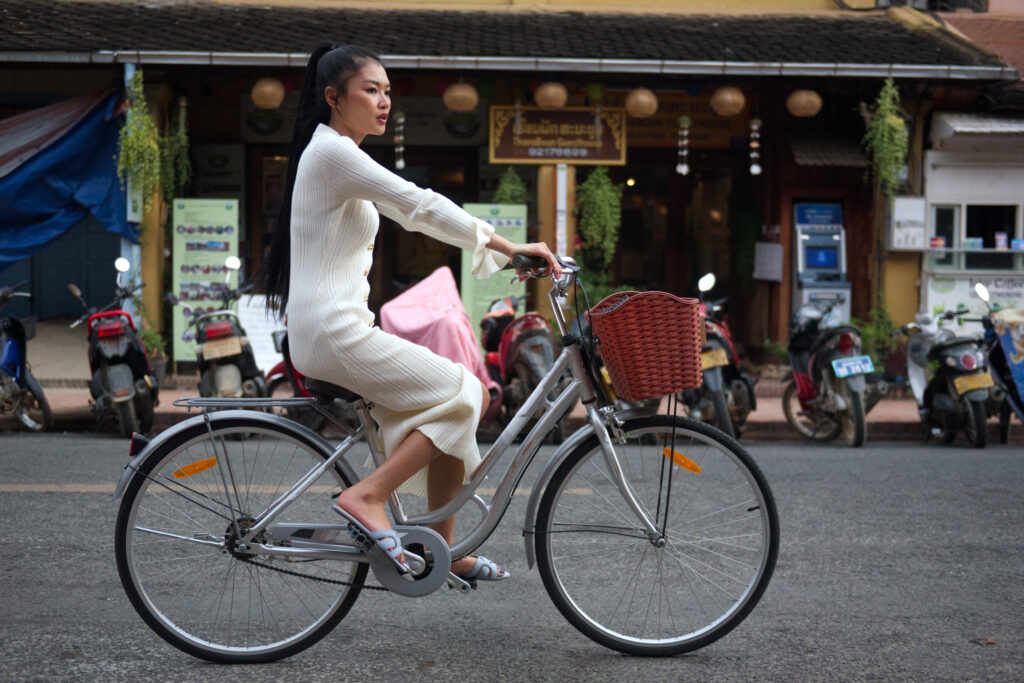
I’m back in Luang Prabang! I had high hopes of visiting Kuang Si Falls, arguably the area’s main attraction, best known for its turquoise pools and jungle setting. Personally, I was really looking forward to a swim beneath the waterfalls. Unfortunately, several things didn’t go my way.
First, I’ve come to realize that the travel industry in Laos just isn’t mature, especially compared to its neighbors like Vietnam and Cambodia. Vietnam really sets the gold standard: transparent pricing, punctual operators, and clear tiered offerings (premium, mid-range, and budget). Cambodia’s tourism scene is also well-developed, likely driven by Angkor Wat’s global popularity. But Laos? They really don’t have their shit together yet.
Throughout my Indochina trip, I’ve had to cancel four travel arrangements, three of them in Laos alone. (The fourth was in Vietnam, and that one was on me.) In Laos, though, nearly every vendor has either shown up egregiously late or tried to pull some kind of scam. The tourism infrastructure here just isn’t polished, and that lack of reliability has started to wear on me.
Today was no exception. My driver showed up nearly an hour late for what was supposed to be a three-hour visit, a schedule I already thought was too tight. By that point, I had assumed he’d forgotten about me entirely. Even the tour broker couldn’t say where he was or whether he was still coming. So when the driver eventually arrived, I was surprised, but I’d already made up my mind. I wasn’t in the mood to be rushed, so I canceled the trip on the spot.
I spent the next hour trying to organize another ride, but I could feel my body slowly shutting down. I still wasn’t fully recovered, and it started to feel like the universe was telling me to slow down. So I gave in, scrapped the waterfall plan, and let myself sleep the afternoon away. When I woke up, I felt so much better. A solid nap and some Vitamin C did wonders to restore my energy
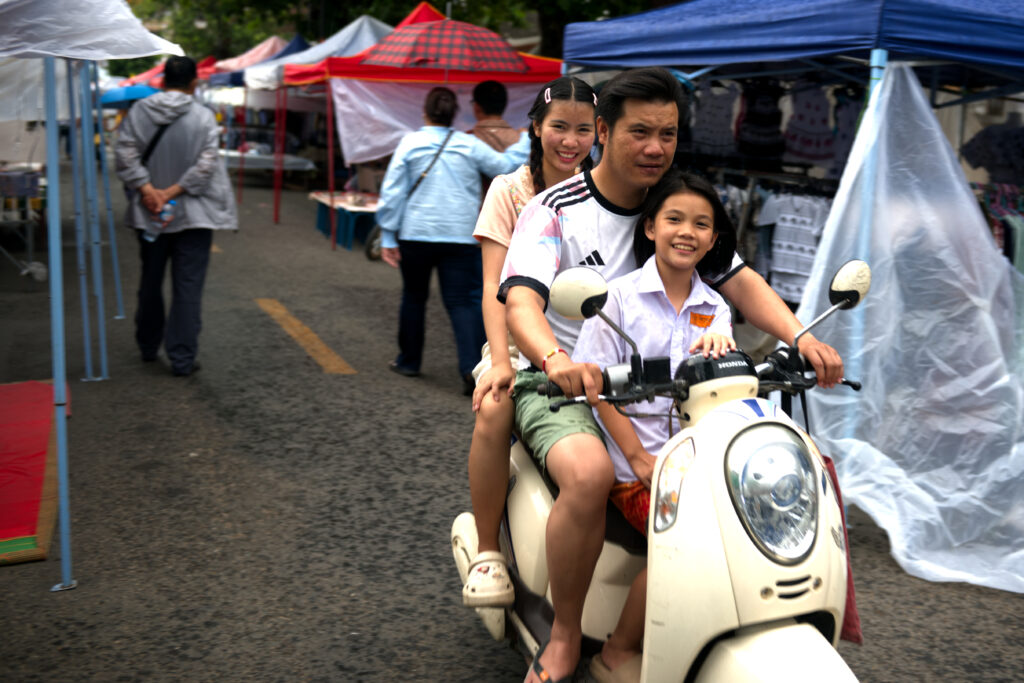
I spent the rest of the day working on street photography, and realized I’ve gotten a little too comfortable relying on my camera’s presets. Somewhere along the way, I lost the discipline of really controlling my settings. So today, I made a conscious effort to dial things back and reengage with the manual controls. There’s still a lot to relearn, but this was the push I needed to start sharpening those skills again.

Later on, I dropped by the night market. Since it’s my last night in Laos, I decided to shop for some knick knacks for friends. I figured, of the three countries I’ve visited on this trip, very few people I know ever visit Laos. So I made it a point to get a few things.
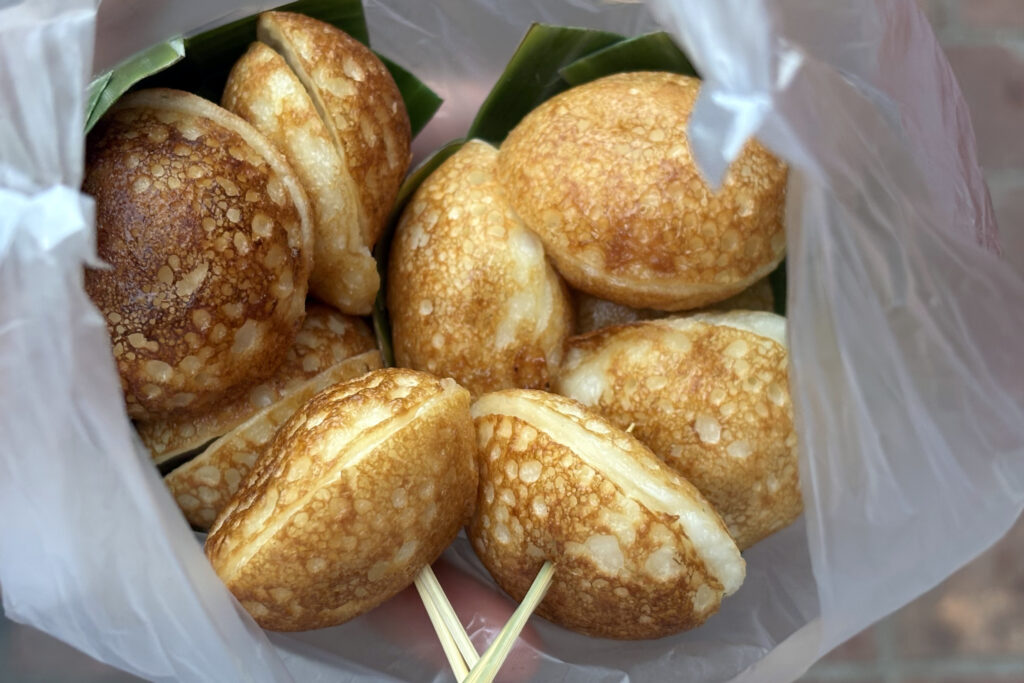
I also dropped by a food stall I’d seen earlier in the week selling khanom krok, small coconut rice pancakes that are crisp on the outside and warm, custardy on the inside. When I came by, the vendor asked me how many I wanted. Thinking they were sold individually, I ordered two. Turns out they’re sold in batches of five, so I ended up ordering ten. I guess my sense of pricing is still warped from living in San Francisco, where I could totally imagine someone selling these one ball at a time! Total cost: $1 USD for all ten. And yes, they were so delicious!

Finally, I made my way to the Royal Palace, or at least, the outside of it. Built in 1904 during the French colonial era, it blends traditional Lao architecture with French design and now serves as a national museum. Photography isn’t allowed inside, usually my main motivation for visiting historical sites, so it was never high on my list. That said, I think the best views are from Phousi Hill anyway, so I don’t feel like I missed much by skipping the interior.
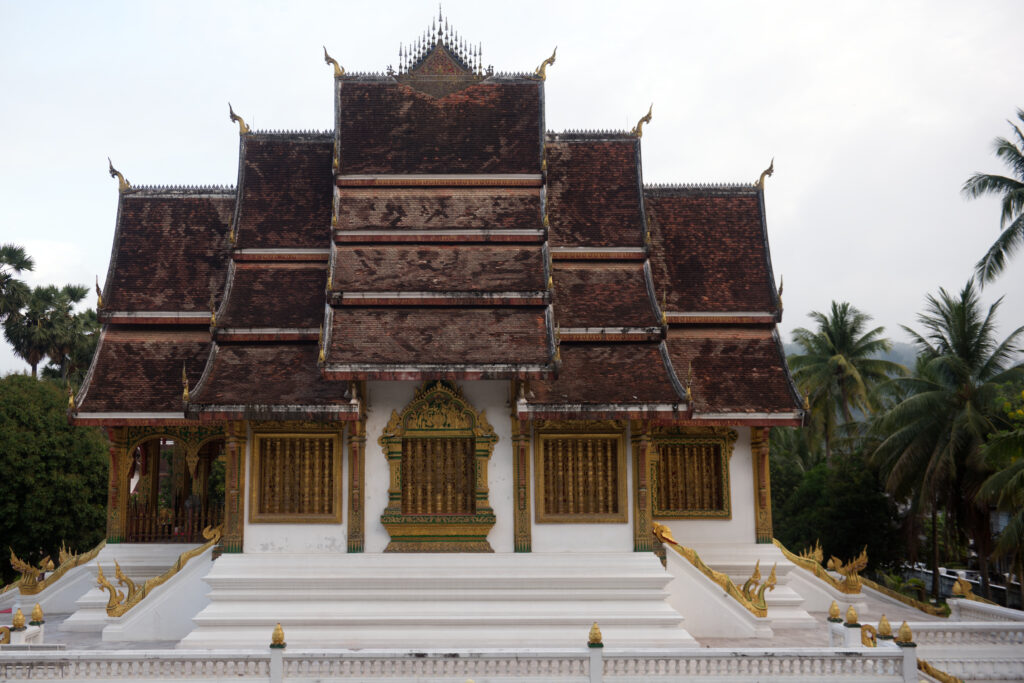
While photographing the palace, I struck up a conversation with two Chinese tourists who asked me, in Mandarin, to take their photo. It was the first time I’d ever been mistaken for a Chinese national, so I took the opportunity to chat with them. They said they’d arrived via high-speed rail (HSR), part of China’s Belt and Road Initiative, which now links Laos directly to China’s national HSR system. Travel between the two countries has become much easier, and it’s clearly driving a surge in Chinese tourism.
It all made sense. China’s relationship with Laos runs deep, arguably deeper than its ties with Vietnam or Cambodia, which might explain why Mandarin seems to be the dominant foreign language I hear on the streets here. Laos may still be off the radar for many travelers, but for China, it’s already a key neighbor: economically, politically, and increasingly, culturally.

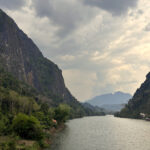


Comments are closed.